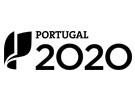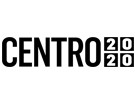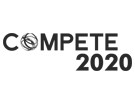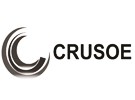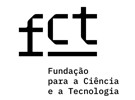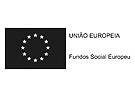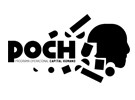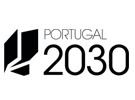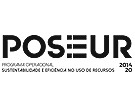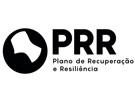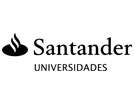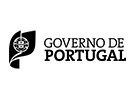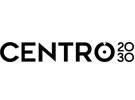


Publication in the Diário da República: Despacho n.º 15239/2016 - 19/12/2016
5.5 ECTS; 3º Ano, 1º Semestre, 30,0 T + 30,0 TP , Cód. 814230.
Lecturer
- Paula Alexandra Geraldes Portugal (1)(2)
(1) Docente Responsável
(2) Docente que lecciona
Prerequisites
Not applicable
Objectives
The student should be able to calculate the basic design parameters for equipment used in milling/grinding/emulsification and particle/fluid droplet separations and to interpret the fluid flow hydrodynamics through particle beds.
Program
Grinding / Crushing and Emulsification:
- Types of Mills
- Grinding energy
- Area/volume relation and shape factor
Study of the particle motion behaviour within fluids - drag coefficient and Stokes law.
Equipment design for:
-Gravitational classification;
-Sedimentation;
-Centrifugation;
-Fixed and fluidized particle beds;
-Filtration.
Evaluation Methodology
Continuous assessment is carried out through
a written test and involves the answer to theoretical questions and practical questions about equipment design. The students that obtain a mark equal to or higher than 9.5/20 in the test will be exempted from taking the exam and pass the course.
Students eligible for the exam will pass if they reach a mimimum mark of 9.5/20.
Bibliography
- McCabe, W. e Smith, J. e Harriott, P. (2005). Unit Operations of Chemical Engineering. Singapore: McGraw-Hill Book Company
- Perry, J. (2019). Chemical Engineer's Handbook. USA: McGraw-Hill Book Company
- Wilson, I. (2000). Encyclopedia of Separation Science. London: Academic Press
Teaching Method
Mechanical description of equipment using image projection. Theoretical-practical concepts and problem-solving. Problems have a strong practical component based on laboratory and/or industrial data.
Software used in class
